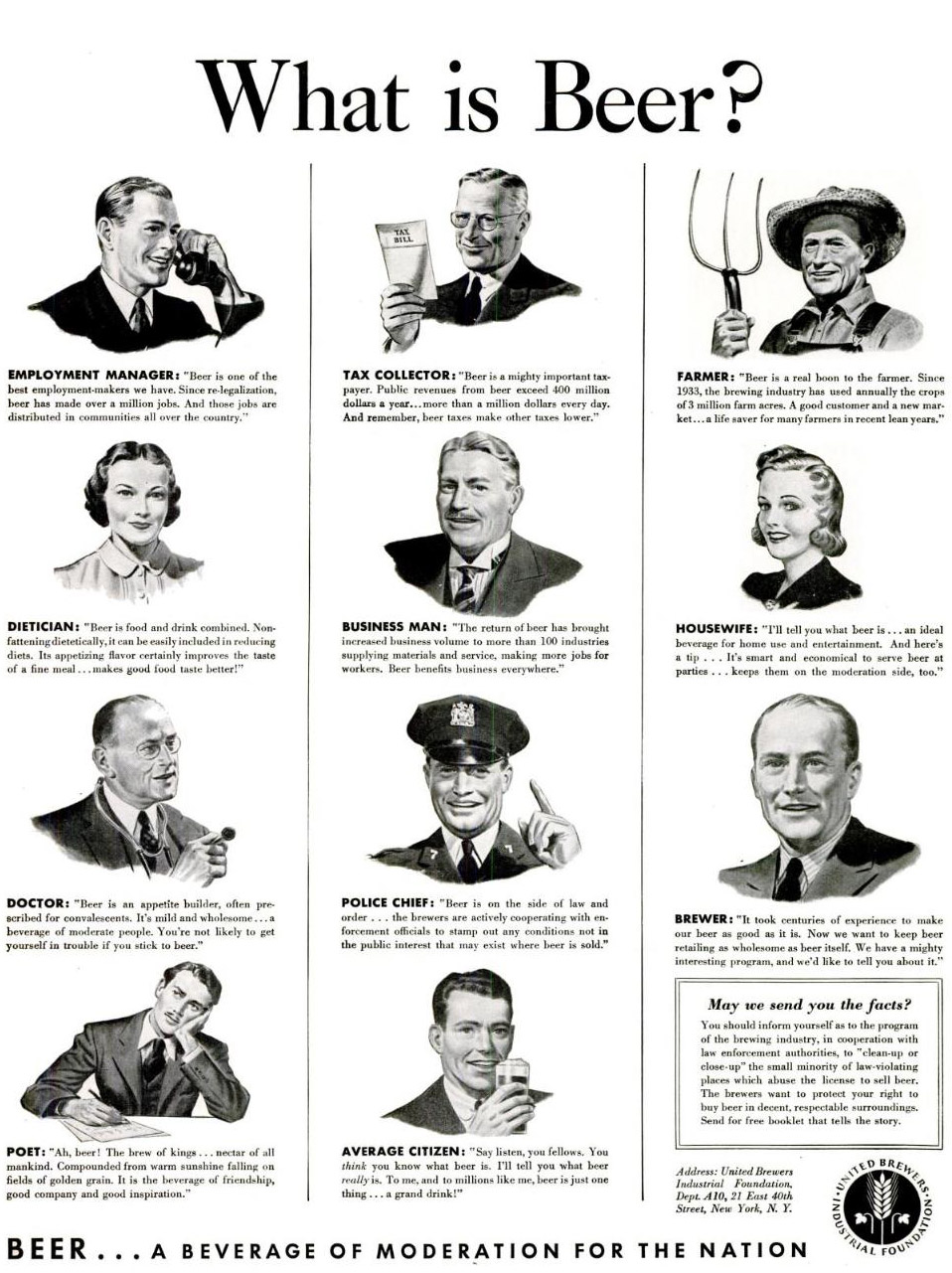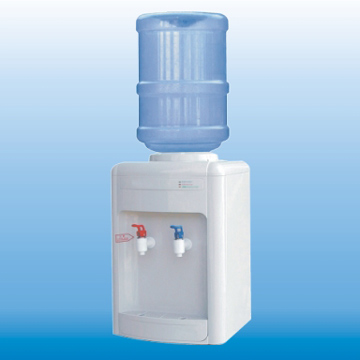Memorial Day is meant to honor U.S. soldiers who died while in the military service.
 Memorial Day, celebrated annually on the last Monday of May, also marks the unofficial start to summer, with public pools opening, barbecues fired up, and hockey playoffs (the last one may just be me, with game 2 of the National Hockey League finals tonight).
Memorial Day, celebrated annually on the last Monday of May, also marks the unofficial start to summer, with public pools opening, barbecues fired up, and hockey playoffs (the last one may just be me, with game 2 of the National Hockey League finals tonight).
There’ll be a lot of beer and a lot of burgers consumed today (in our case, BBQ chicken legs, backs attached, I’ve significantly improved the recipe).
Greg Wyshynski of Yahoo! Sports writes all U.S.-based puckheads have obligations during the Stanley Cup Finals, in order to create awareness of championship round and continue The Game’s growing insurgency into popular culture.
1. Buy Nielsen Families Beer, Watch Hockey With Them
2. Insert Hockey References Into Other Sports Conversations.
3. Insert Hockey References Into Every Conversation.
4. HockeyBomb Social Media.
5. Drink Beer. This really has nothing to do with growing the sport. But we find the Finals to be much more enjoyable after a few frosties.
But not at $160 a bottle.
Australian Mik Halse celebrated the arrival of son Oliver earlier this month by treating his friends to two bottles from Scottish brewery BrewDog: Tactical Nuclear Penguin and Sink the Bismarck. As the former and current world-record holders for strongest beer made to date (32 per cent and 41 per cent respectively), they cost $150 and $160 a bottle.
Halse is among a growing band of beer connoisseurs prepared to open their wallets to indulge their palates. While the cost may seem prohibitive, these exotic  brews are savoured in much the same way as a fine whisky or brandy, generally sipped slowly in 30-millilitre drams. Most can be kept for a few days after being opened without spoiling and some come with reusable stoppers.
brews are savoured in much the same way as a fine whisky or brandy, generally sipped slowly in 30-millilitre drams. Most can be kept for a few days after being opened without spoiling and some come with reusable stoppers.
In a world-first concept that removes the gamble of buying an untried costly bottle of beer, the newly opened Biero bar in Little Lonsdale Street (Melbourne) has installed 10 ”beervaults” – clear, cylindrical dispensers created by Footscray design company JonesChijoff.
The vaults allow bottled beer to be transferred into pressure and temperature-controlled tubes that act like kegs to keep beer fresh. They’re the $150,000 brainchild of a group of Melbourne graduates who wanted a way to sample exotic beers available only in bottles. ”This way we can showcase some really rare bottles or give people the chance to buy an expensive beer to be transferred to the vaults where it can be kept fresh for up to four or five days,” says co-founder Iqbal Ameer.
Customers can either buy a beer sample from a dispenser, or use a spare vault to store a full bottle of beer they want to savour over a few nights at the bar.
 Hockey’s a game for grafters, which in Brit-speak means hard-workers.
Hockey’s a game for grafters, which in Brit-speak means hard-workers.
And when cooking that burger, don’t be afraid to stick it in, using a tip-sensitive digital thermometer. The magazine, Good Housekeeping, another icon of America, says that as part of making perfect burgers,
“Burgers don’t have to be well-done to be safe — just not rare. Cooking times will vary, depending on the thickness of the patties and the heat of the grill, so the only way to be sure the burgers are done is to make them all the same size, then break into one to check. Or you can use an instant-read thermometer inserted horizontally into the patty to get a reading in seconds.”
Ignore the first part. A thermometer is the only way to tell. No one wants to make fellow hockeyheads barf. Below is a periodic table of beer styles I got from Coldmud.



 Give my stomach to Milwaukee
Give my stomach to Milwaukee thermometer in his front pocket, which I asked to borrow for the interview. One of the PR types said something like, you can’t go on TV and talk about using thermometers, we have enough trouble getting Australians to store food in the fridge, which is largely used for beer.
thermometer in his front pocket, which I asked to borrow for the interview. One of the PR types said something like, you can’t go on TV and talk about using thermometers, we have enough trouble getting Australians to store food in the fridge, which is largely used for beer. Last year, some publication at the University of California at Los Angeles – UCLA – warned students that beer pong, a communal drinking game,
Last year, some publication at the University of California at Los Angeles – UCLA – warned students that beer pong, a communal drinking game, 
 Whole Foods, defenders of all things natural and sustainable, is featuring beer
Whole Foods, defenders of all things natural and sustainable, is featuring beer .jpg)
.jpg)

 But, for those who work in an office, the water cooler is, I’m told, the place for gossip, flirting and bacteria.
But, for those who work in an office, the water cooler is, I’m told, the place for gossip, flirting and bacteria. Those were the waning days of higher education. The student newspaper had just completed its annual homegrown judging contest, and students could purchase beer with their meal cards. There was also a thriving entrepreneurial culture of meal card scalping. Because new cards were issued at the beginning of each semester, the value would decline as the semester wore on. In the last few weeks, $20 meal cards could be had for $12, which could then be transformed into several pitchers of beer.
Those were the waning days of higher education. The student newspaper had just completed its annual homegrown judging contest, and students could purchase beer with their meal cards. There was also a thriving entrepreneurial culture of meal card scalping. Because new cards were issued at the beginning of each semester, the value would decline as the semester wore on. In the last few weeks, $20 meal cards could be had for $12, which could then be transformed into several pitchers of beer. 